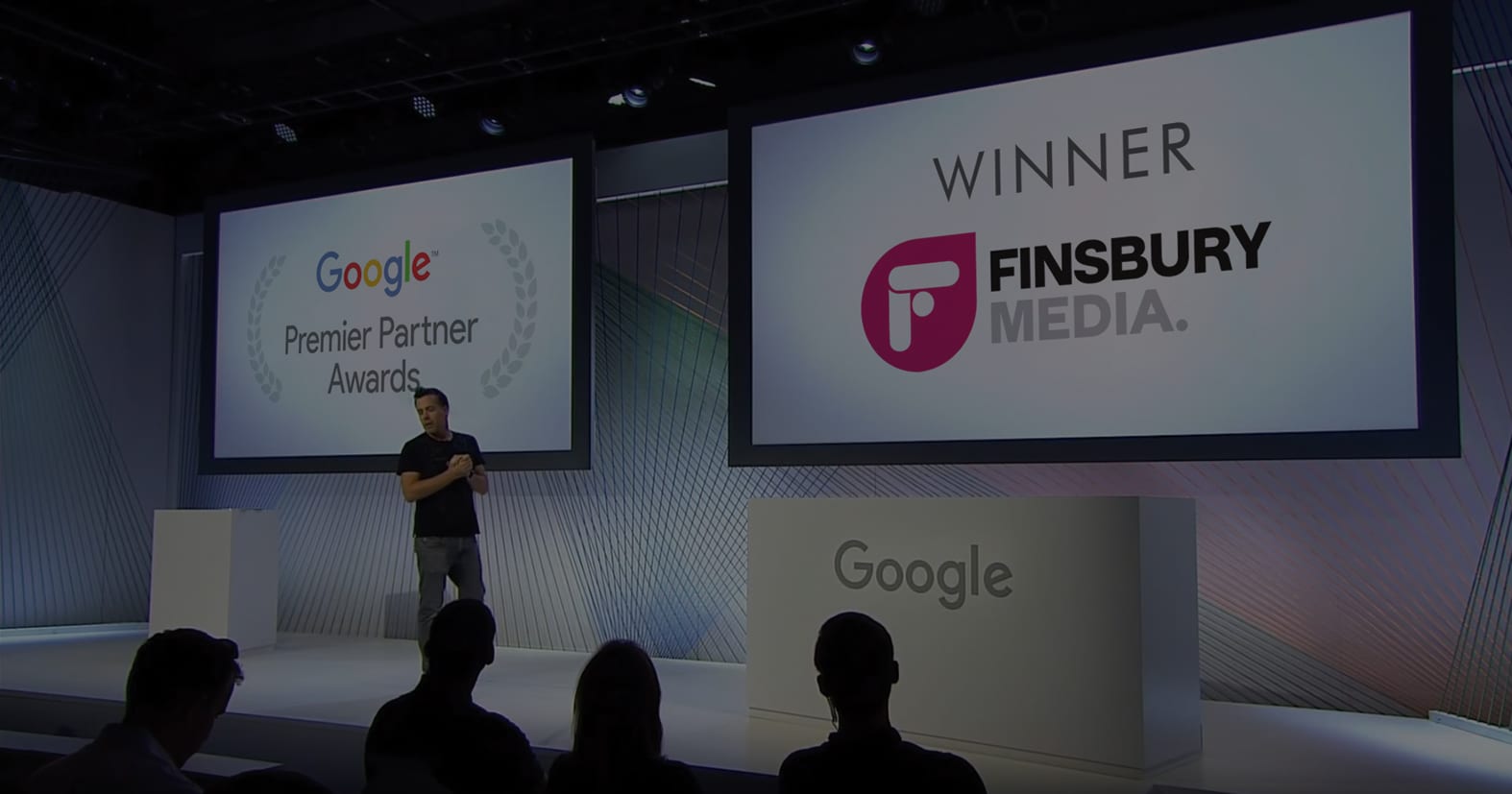The first and most critical move when launching an SEO campaign is to conduct an SEO audit on your web site. A thorough SEO audit exposes a website’s weak points in terms of SEO attributes such as inadequate indexing of sites, redundant or thin material, discrepancies with H1 tags, meta description hiccups, and internal linking violations. An SEO audit gets the wheels of an SEO campaign turning, driving organic traffic to your site and improving your site’s search rankings. Let’s take a look at the five SEO audit “musts” every audit needs to ensure your site reaps all the benefits it can.
SEO Audit “Must Have” #1: “Noindexing” Pages
The first order of business when beginning an audit is to comb through your site for pages to “noindex.” Google and other search engines index pages depending on how and what their search engine spiders determine your site’s pages are about.
When conducting an audit of your site or when an SEO company performs one for you, you may want to make sure that all pages that do not offer useful information to the user of the site, as well as pages with a minute amount of content, are marked for “noindexation.” It signals to search engines that the search engine result indexing page will not be crawled with their spiders.
Noindexing pages notify search engines a site does not want to archive the “noindex” page for search results or pop-up on SERP’s. That way, Google doesn’t take these pages into account, because sites don’t slip into the large database of pages in rankings or authority.
SEO Audit “Must Have” #2: Look Out For Thin and Duplicate Content
Coinciding with the “noindexing” of pages is optimizing the content on site pages. The main qualities search engines look for when they crawl content are the quality or value that the content poses for visitors, the length of the content, and if the content is duplicated elsewhere on the site or the Internet in general.
Pages with meaningless content should be “noindexed” or removed completely from your site. What’s the point of having a page that provides no beneficial information for site visitors? Often times, problems with thin content revolve around the lack of value the content provides. The point of content is to provide useful information in hopes that changes the visitor to a lead, and a lead to a customer. If the page has useless content, build it out to be better or trash it.
Google aspires to provide its users with a special, meaningful search experience. If content is thin or duplicated, the red flag of the search engine spider goes up and signals to Google that the page or link does not help to offer Google’s beneficial user experience.
SEO Audit “Must Have” #3: H1 Best Practices
The third part of a proper SEO audit is implementing H1 best practices. H1s are the main title of a page. Not the title of the content, but the title that a page’s structure communicates to search engines. H1s tell Google what a page is about and the beneficial content it offers so it knows when to display it on search engine result pages (SERP).
Make sure to search for missing H1s, duplicate H1s, H1s over 70 characters long and any multiple H1s during an SEO audit. A better practice to provide a single H1 per page when optimizing H1s. H1s are one of the first items that Google crawls when reviewing a website for what the page is about, its intent, or the quality of the material, so make sure that it meets best SEO practices.
SEO Audit “Must Have” #4: Optimize Page Titles and Meta Descriptions
After H1s, move on over to optimizing page titles and meta descriptions with best practices in mind. Similar to optimizing H1 tags, sort through URLs for meta descriptions that are either missing entirely, duplicated, over 940 pixels, or under 70 characters in length.
Page titles are what Google displays on SERPs to convey what the page shown is about. Often times, page titles are too long, leaving the title cut off or in other cases are too short, leaving extra room for more information to be included about what the page is about. Utilizing as many characters as possible in a title and meta description can be the deciding factor in catching a visitor’s eye and converting them to a lead. Page title best practices are removing or adding content to URLs that are missing titles, have duplicate titles, have titles that are over 560 pixels or under 30 characters. A tool like Portent is perfect for ensuring the correct amount of characters and pixels.
SEO Audit “Must Have” #5: Internal Linking
Last but not least, there is a solid SEO audit which includes the proper internal linking process. Search engine crawlers see a network of related, information-rich pages that speak authoritatively about a subject, industry, or vertical by linking site pages to one another.
Proper internal linking is an on-page SEO best practice because it serves as a strong framework that supports your presence on the web.
Final Word
Take time to brush up on what white-hat SEO tactics are before jumping into an SEO campaign with any agency to ensure that any agency you are considering knows what they mean. Look for a top rated SEO company that will take you, your site, and your site’s rankings to the top of the charts.

